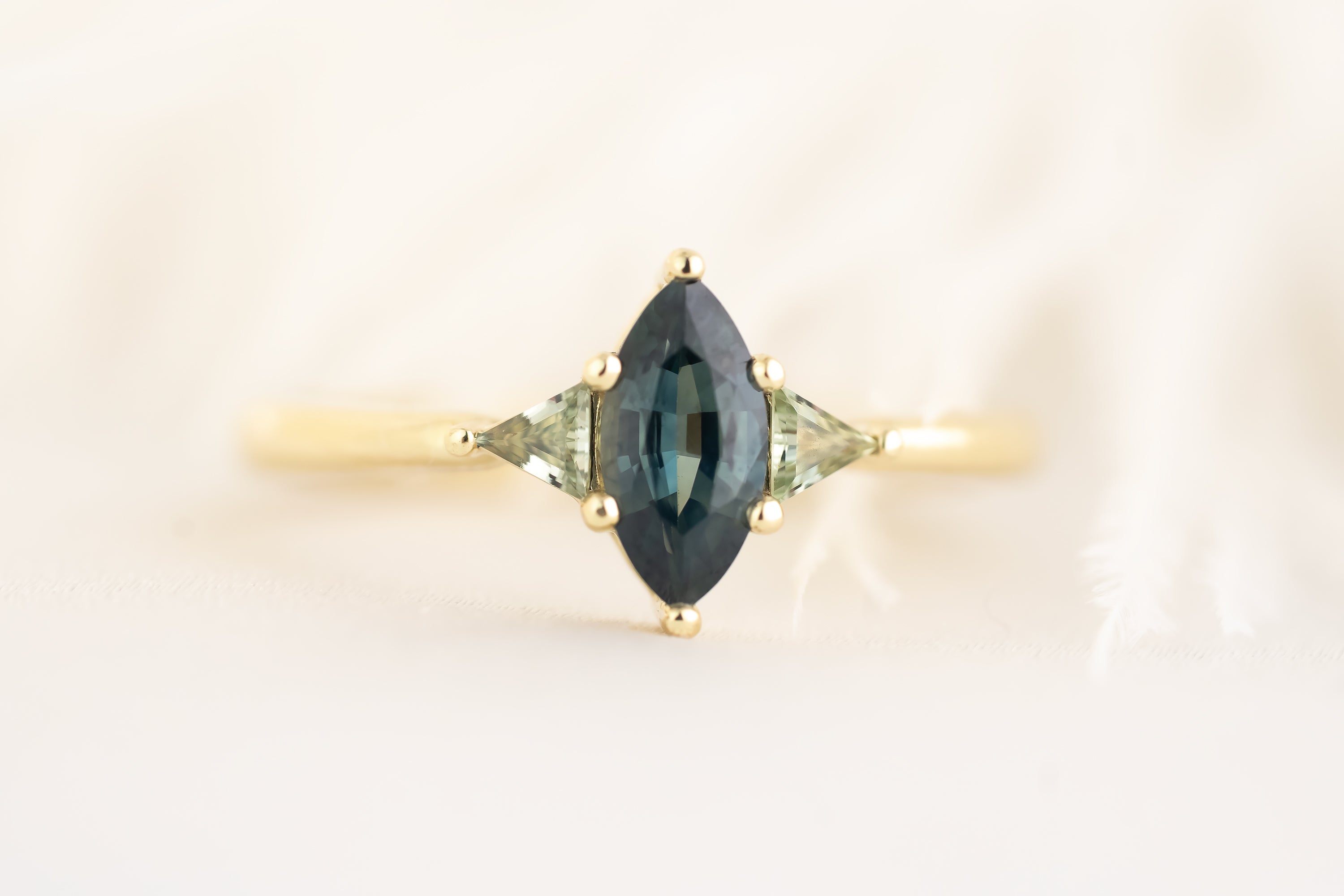
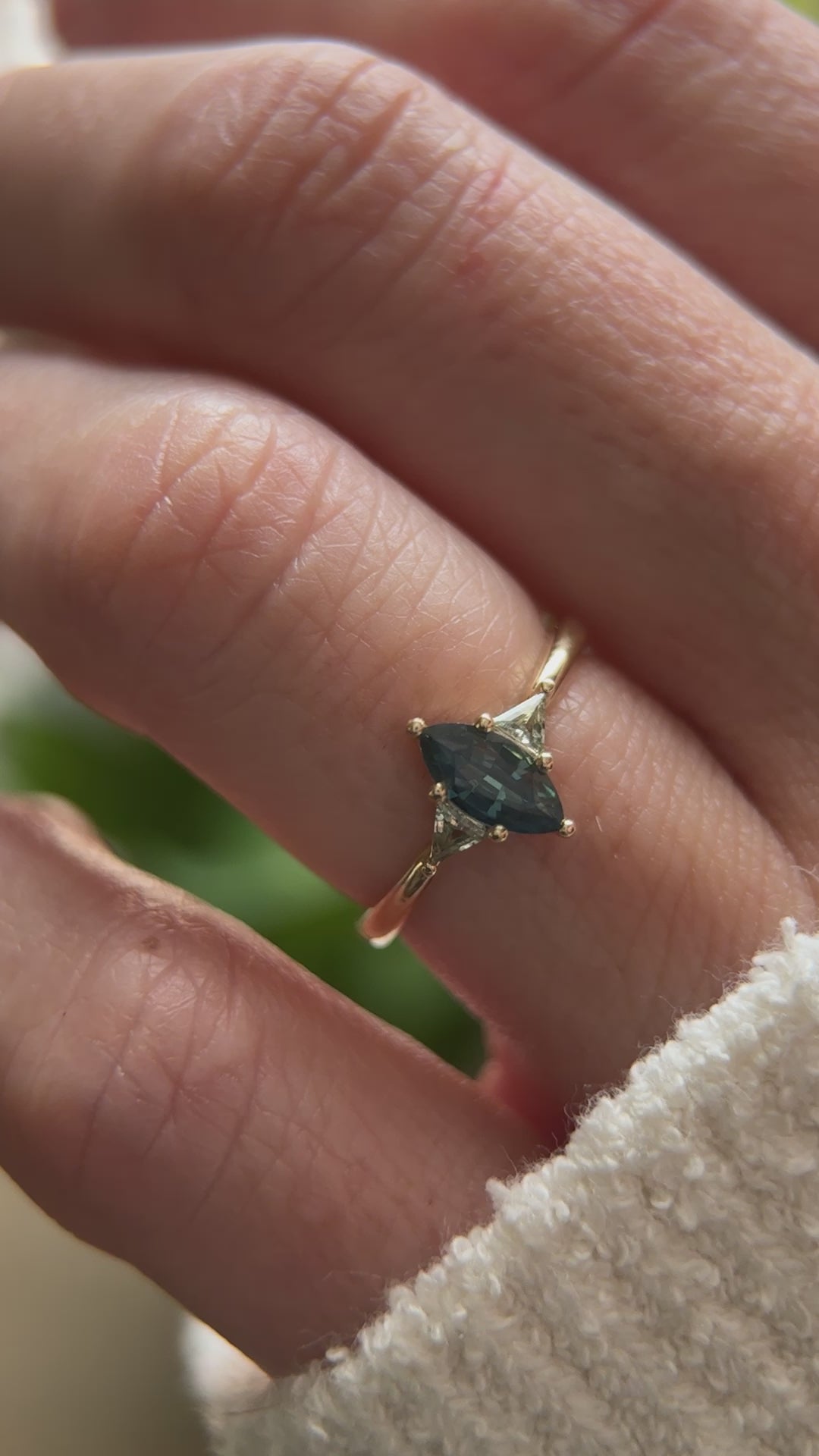
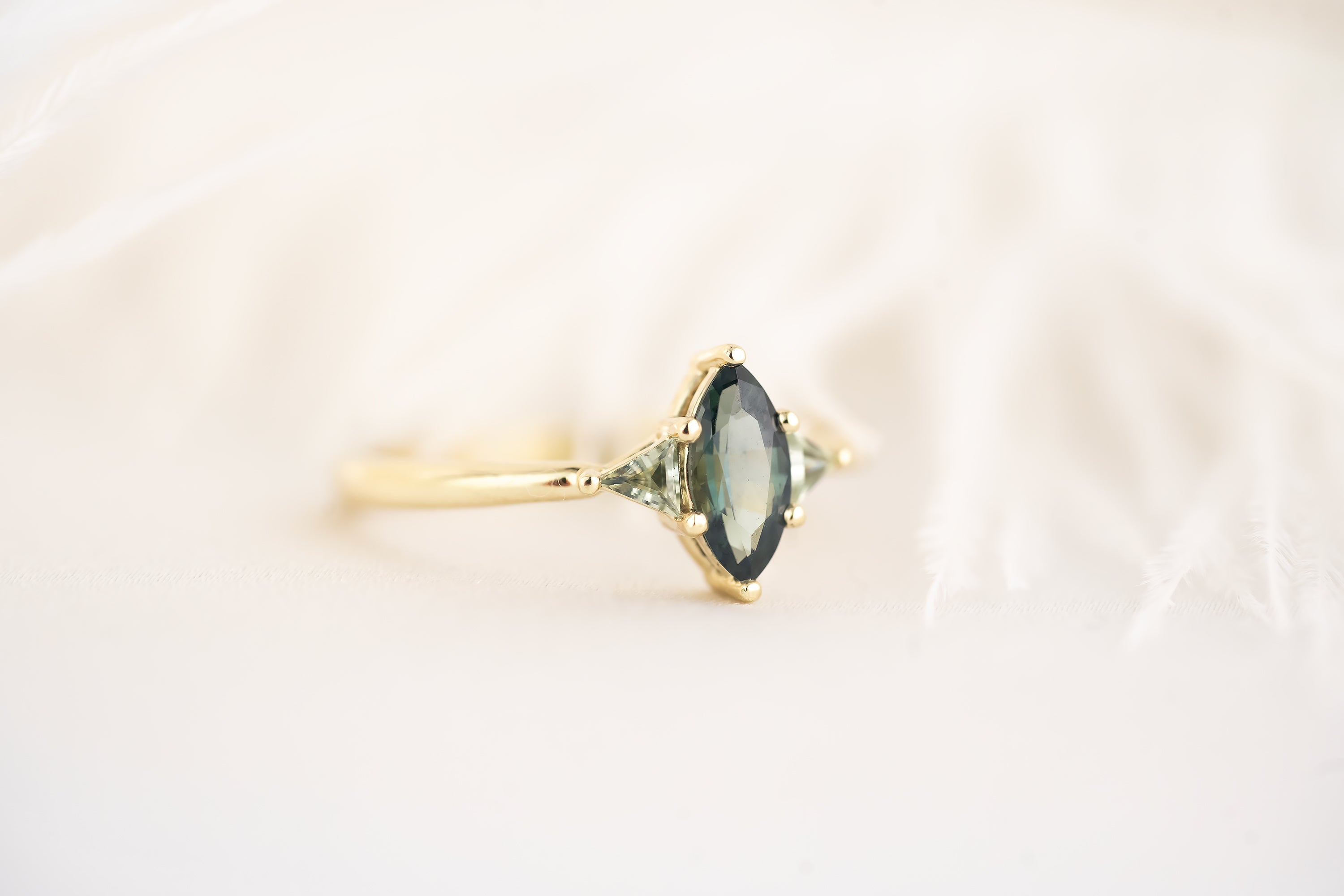
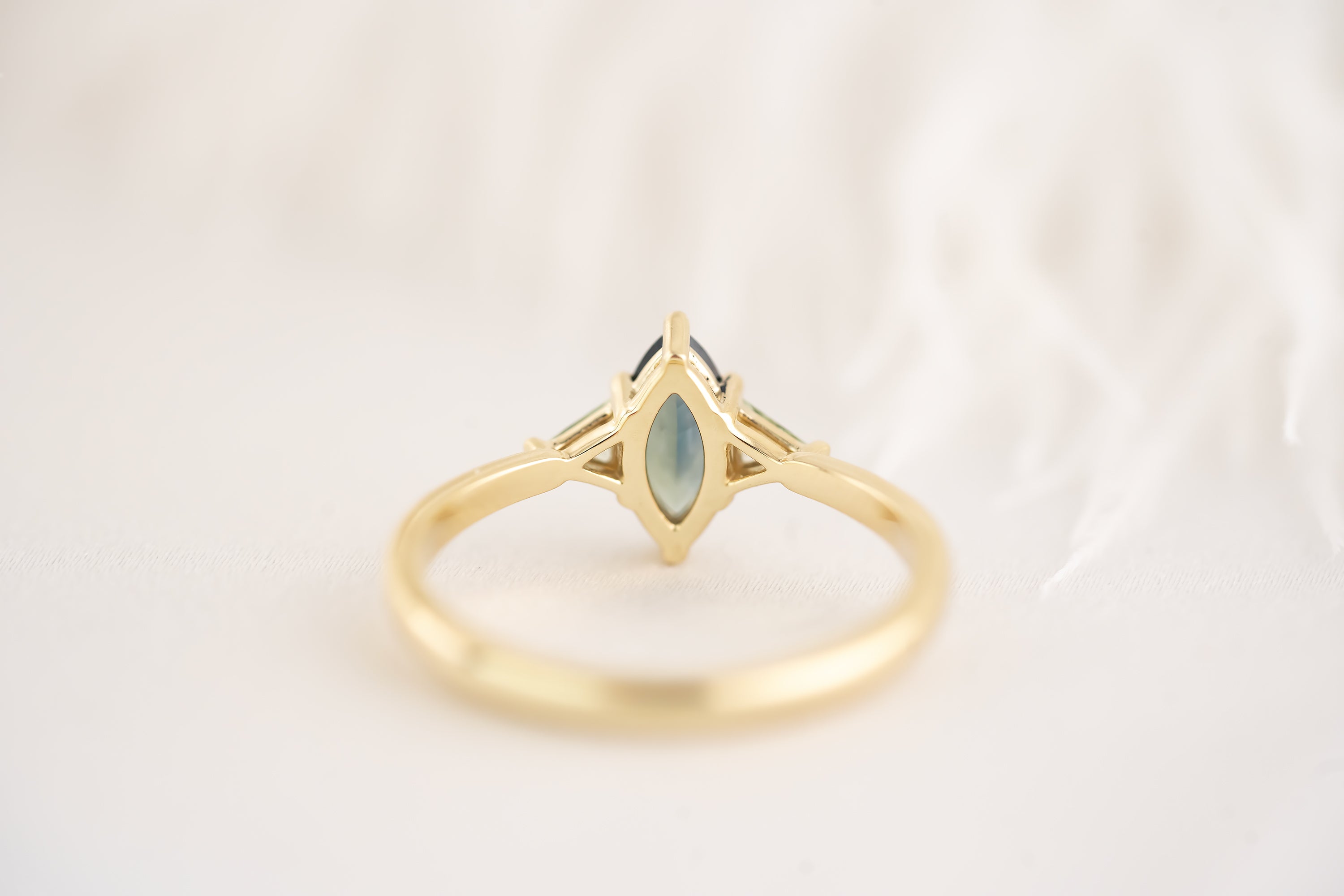
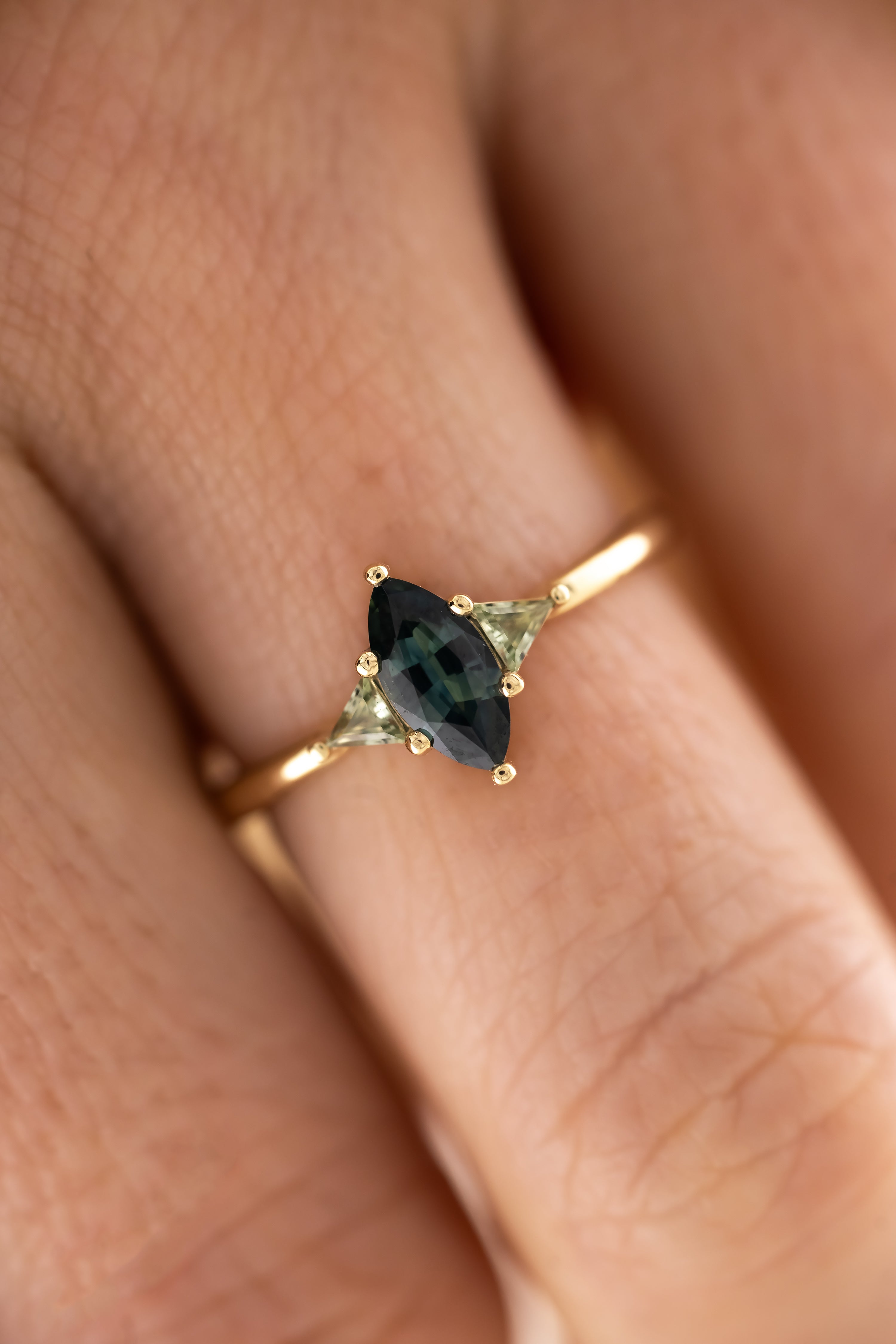
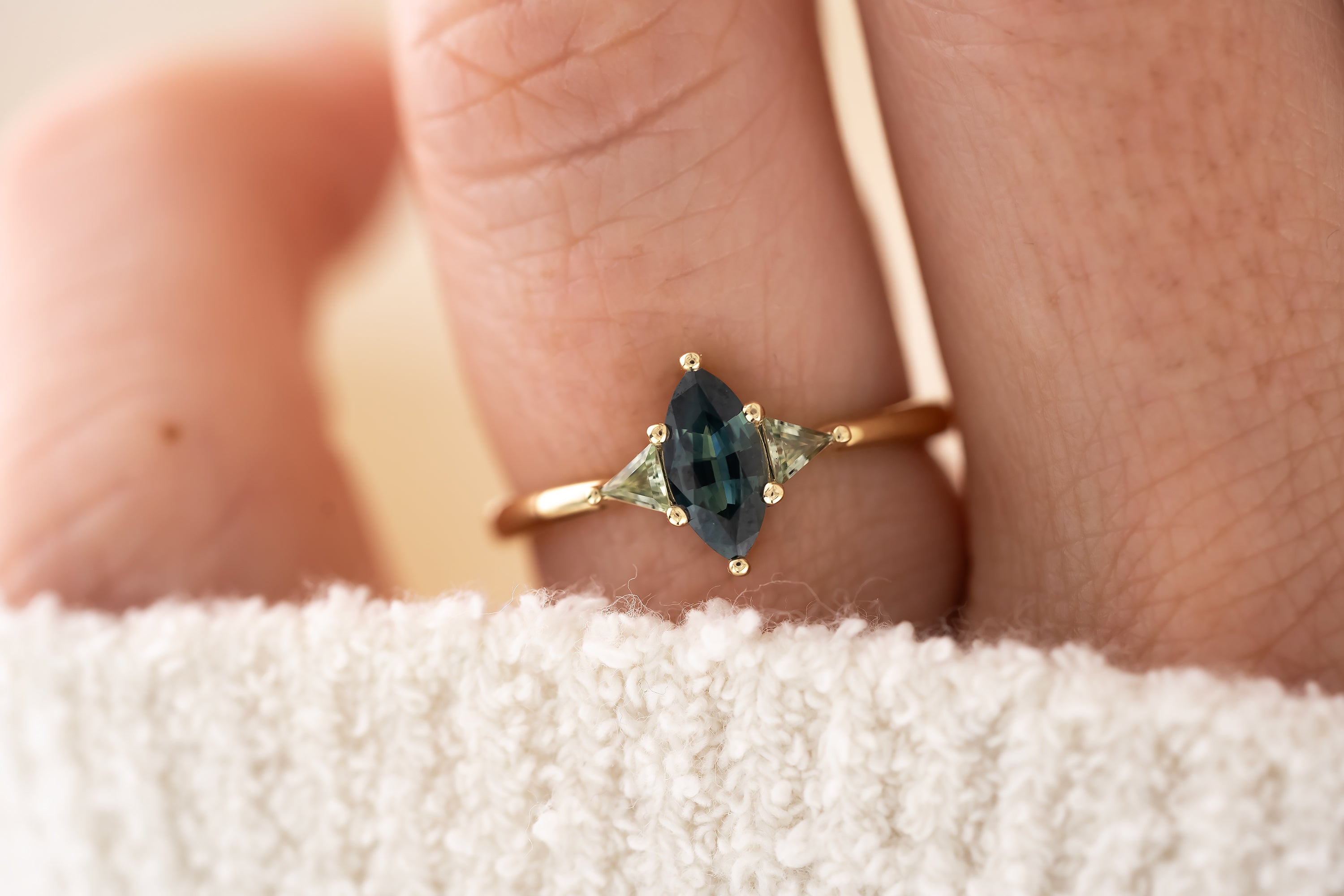
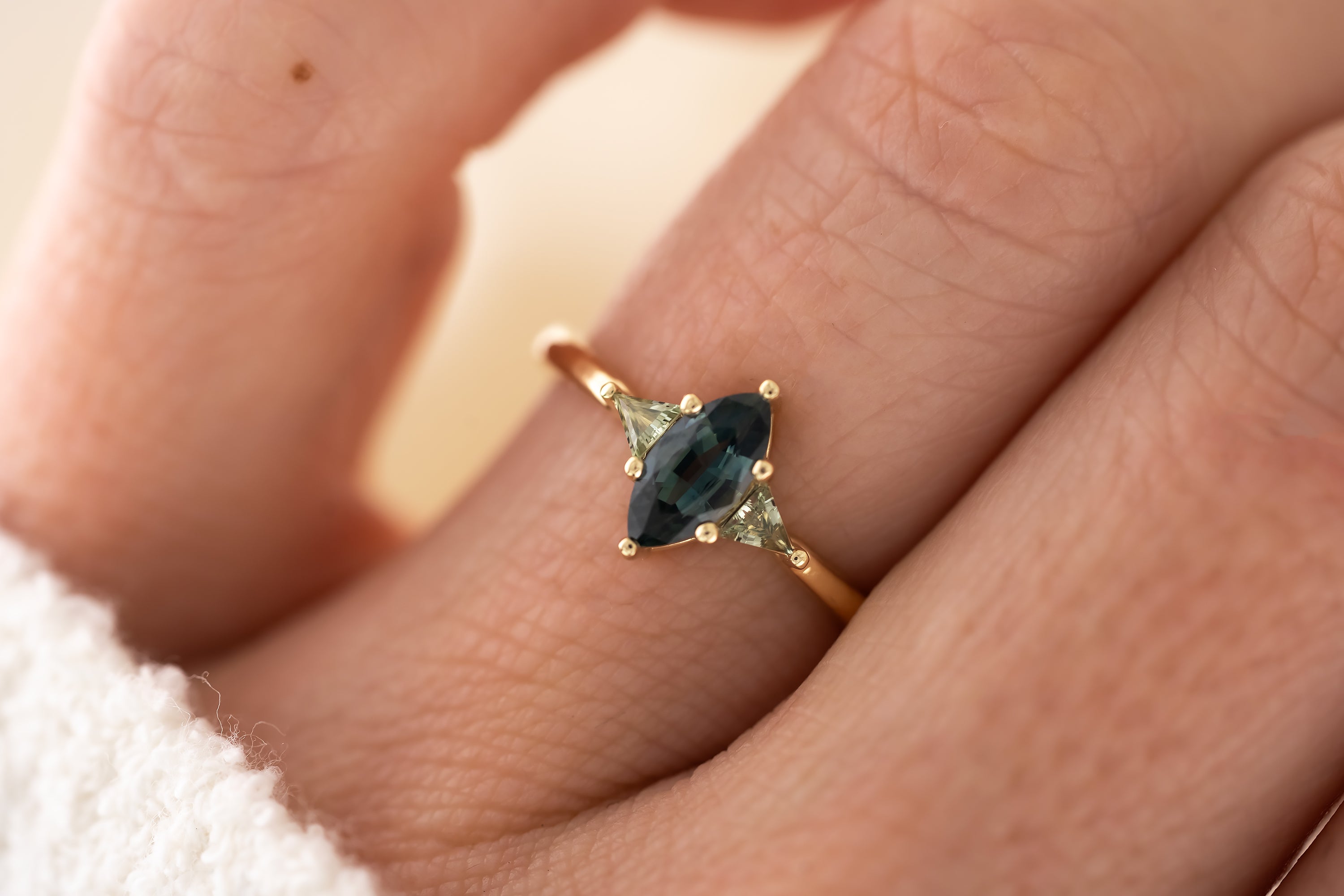
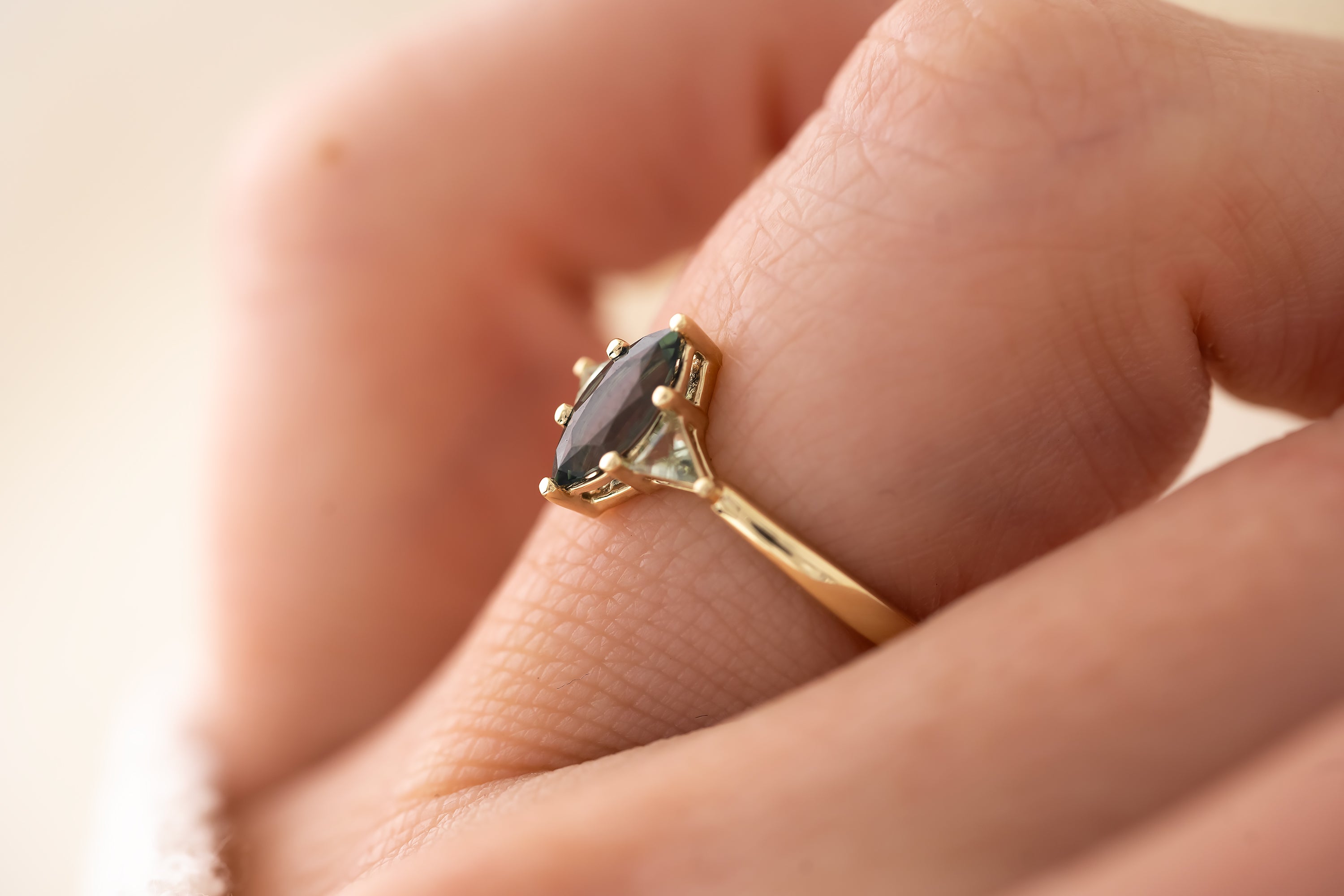
About Natural Sapphire
-
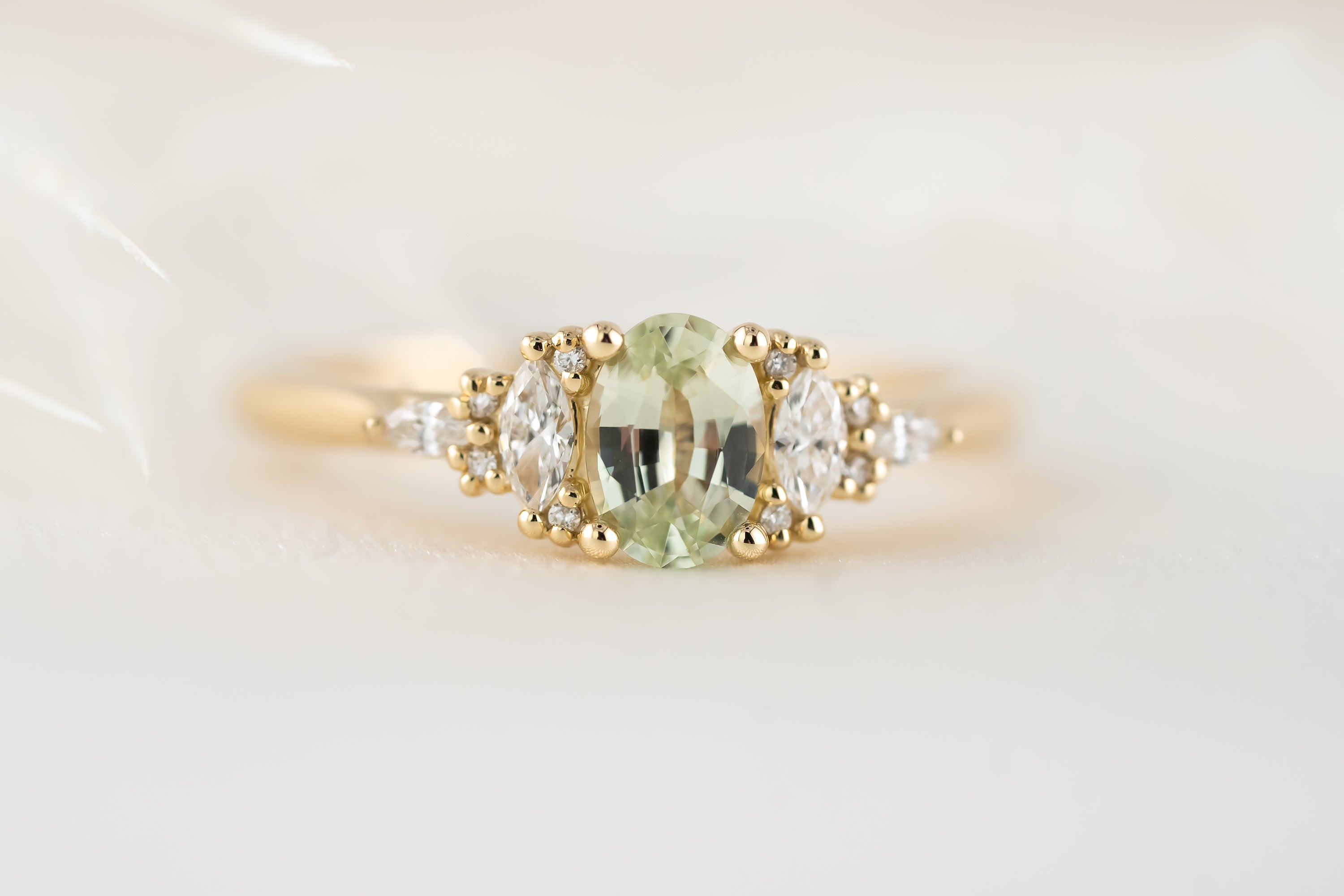
Hardness
When it comes to using gemstones in jewelry, few can match the durability and toughness of sapphire. With a rating of 9 on the Mohs scale, sapphire is just one step below diamond, the hardest mineral known to man. Its exceptional hardness ensures that it can withstand everyday wear and tear without getting scratched or damaged. That's why sapphire is a popular choice for engagement rings and other types of jewelry that are worn daily.
- The Mohs scale is a measurement system used to assess and compare the hardness of minerals. Developed by Friedrich Mohs in 1812, it assigns a ranking from 1 to 10 to minerals based on their ability to scratch or be scratched by other minerals. This scale provides a simple and practical way to understand the relative hardness of different minerals, with 1 being the softest (e.g., talc) and 10 the hardest (e.g., diamond).
-
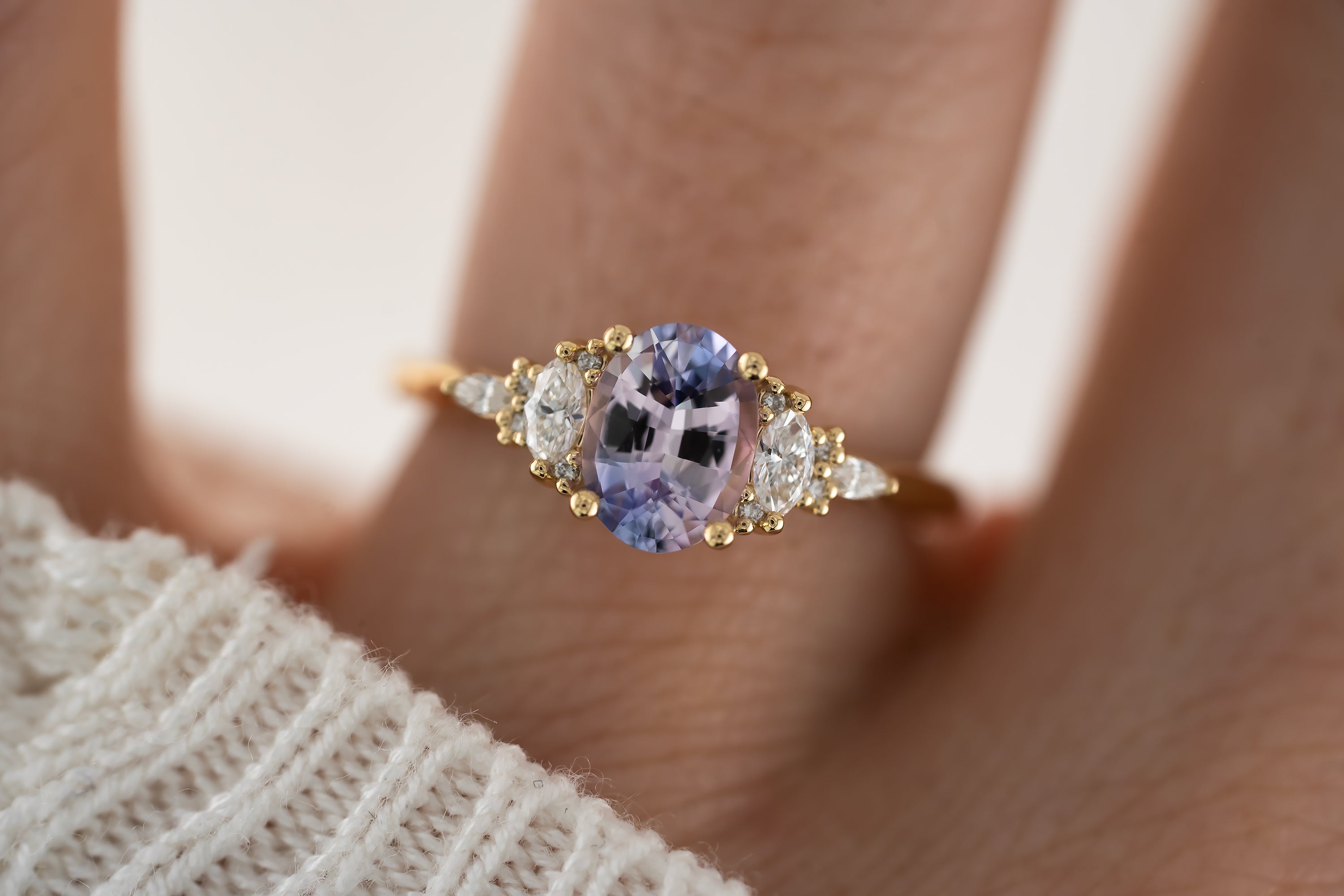
Color Range & Varieties
Blue Sapphires
Range from light to deep royal blue; the most famous and sought-after.
Pink Sapphires
Span from delicate pastels to vibrant magentas.
Yellow Sapphires
Exhibit warm and cheerful golden shades.
Green Sapphires
Offer hues from light to deep green.
Orange Sapphires
Dazzle in vibrant tangerine to peachy tones.
Purple Sapphires
Range from soothing lavender to deep purples.
Color-Changing Sapphires
Display different colors under varying lighting conditions.
Star Sapphires
Feature a mesmerizing star-like pattern.
Padparadscha Sapphires
Present a rare blend of pink and orange.
Parti-Colored Sapphires
Showcase a mix of multiple colors within one gemstone.
-
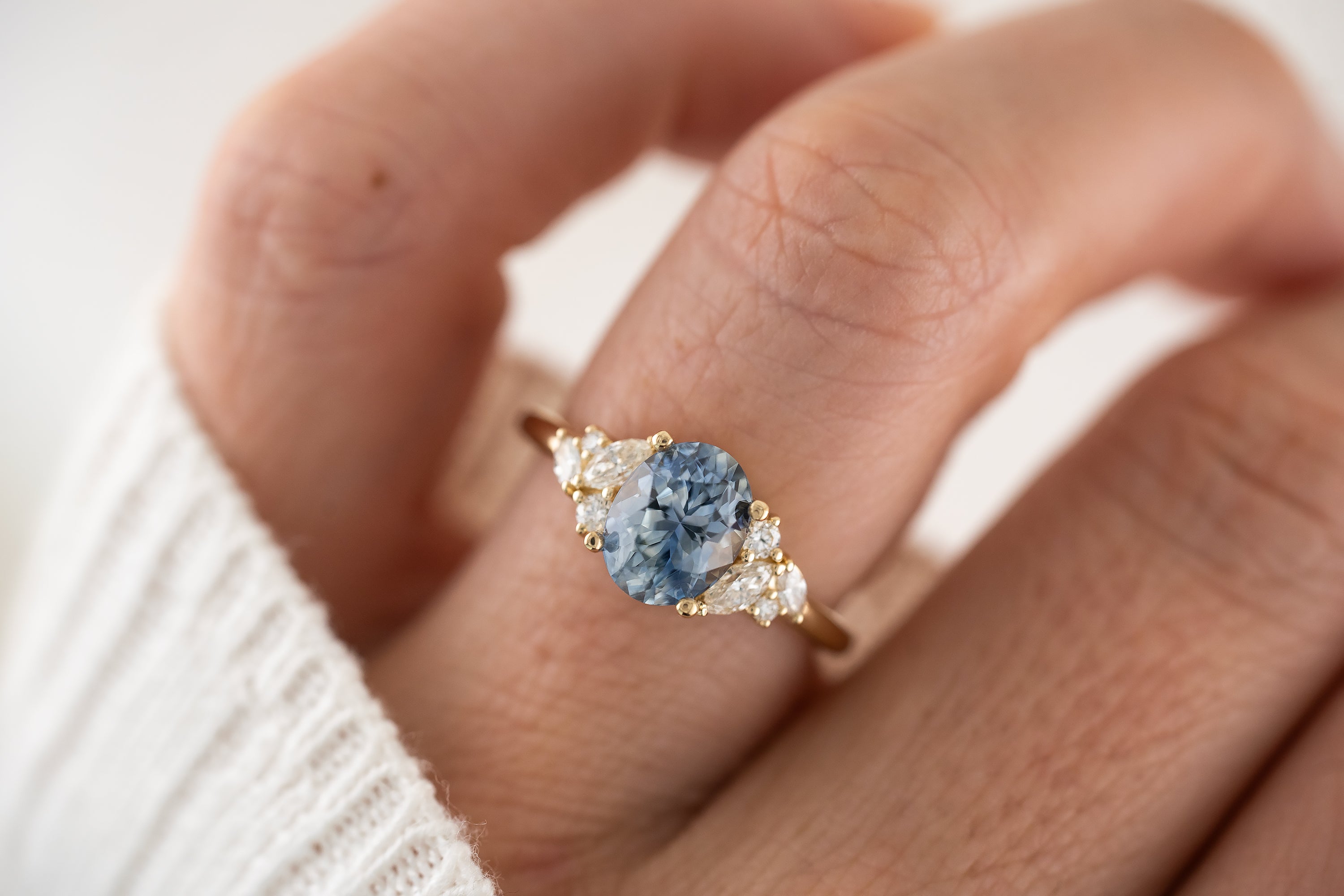
Origin, Stability, & Treatments
Origin: Sapphires are mined in several countries, with notable sources including Myanmar, Sri Lanka, Thailand, Australia, Madagascar, and Montana, USA.
Stability: Sapphires maintain their stability even when worn under regular conditions, making them highly resistant to the detrimental impacts of heat, light, and common chemicals.
Treatments:
Heat treatment is the most widely used and accepted treatment for sapphires. It involves heating the sapphire to high temperatures to improve its color and clarity. This process can lighten or darken the stone's color and remove or reduce visible inclusions. It's important to note that the majority of sapphires in the market have undergone heat treatment. Heat-treated sapphire is very durable.Irradiation is a treatment method that involves exposing the sapphire to controlled radiation to alter its color. This treatment can enhance the intensity of blue and green colors in sapphires.
Lattice diffusion is a treatment that introduces certain elements, like beryllium or titanium, into the sapphire's crystal structure to alter its color. This method can create or enhance a range of colors, including orange and yellow.
Beryllium diffusion specifically involves the introduction of beryllium into the sapphire to achieve a variety of colors.
Filling: Some sapphires may have surface-reaching fractures or cavities that are filled with a colorless substance to improve clarity and appearance. These filled sapphires should be handled with care, as exposure to extreme heat or chemicals can damage the filling material.
We disclose all treatments on our stones. Our sapphires are either heated or unheated, which is disclosed when purchasing. All other treatments are not as common, and we do not deal in those treated stones.













